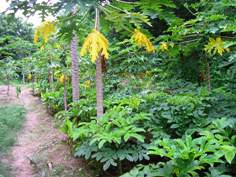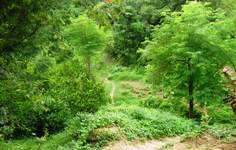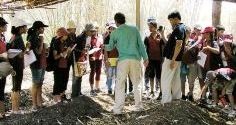
World Environment Day Special |
||||||||||||
|
Debates Over. Climate Change Is REAL & Happening…! |
||||||||||||
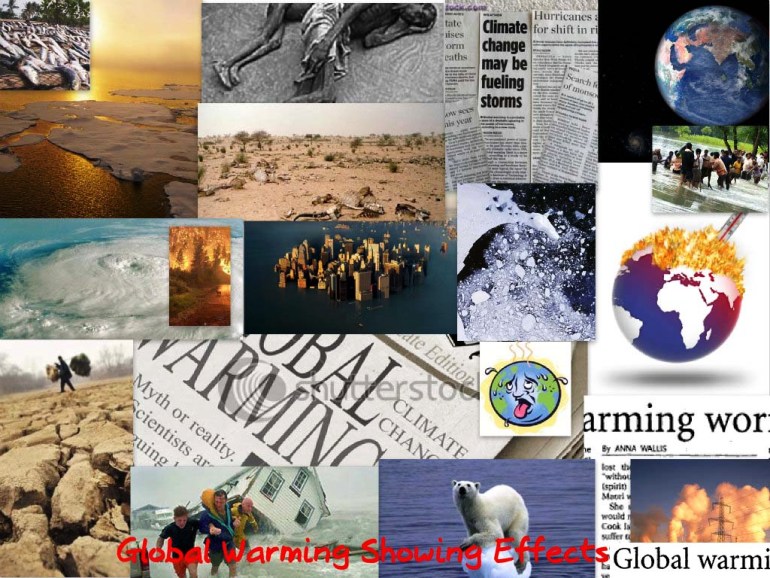 |
||||||||||||
The planet is warming, from North Pole to South Pole, and everywhere in between. Globally, the mercury is already up more than 1 degree Fahrenheit (0.8 degree Celsius), and even more in sensitive polar regions. And the effects of rising temperatures aren’t waiting for some far-flung future. They’re happening right now. Signs are appearing all over, and some of them are surprising. The heat is not only melting glaciers and sea ice; it’s also shifting precipitation (rain and snowfall) patterns and setting animals on the move. |
||||||||||||
If We Do Not Act Right Now, We Surely Will Regret Later What Can We Do About It? |
||||||||||||
Effects of Global Warming: |
||||||||||||
|
Some impacts from increasing temperatures are already happening. • Ice is melting worldwide, especially at the Earth’s poles. This includes mountain glaciers, ice sheets covering West Antarctica and Greenland, and Arctic sea ice. |
Other effects could happen later this century, if warming continues. • Sea levels are expected to rise between 7 and 23 inches (18 and 59 centimeters) by the end of the century, and continued melting at the poles could add between 4 and 8 inches (10 to 20 centimeters). |
Ethiopia, where droughts are already common, could decline by 10 percent over the next 50 years. |
||||||||||
|
||||||||||||
Solution: |
||||||||||||
|
The evidence that humans are causing global warming is strong, but the question of what to do about it remains controversial. Economics, sociology, and politics are all important factors in planning for the future. Even if we stopped emitting greenhouse gases (GHGs) today, the Earth would still warm by another degree Fahrenheit or so. But what we do from today forward makes a big difference. A commonly cited goal is to stabilize GHG concentrations around 450-550 parts per million (ppm). This is the point at which many believe the most damaging impacts of climate change can be avoided. Current concentrations are about 380-400 ppm, which means there isn't much time to lose. |
Is this possible? Many people and governments are already working hard to cut greenhouse gases, and everyone can help. Researchers have suggested one approach that they call "stabilization wedges." This means reducing GHG emissions from a variety of sources with technologies available in the next few decades. They suggest 7 wedges that could each reduce emissions, and all of them together could hold emissions at approximately current levels for the next 50 years, putting us on a potential path to stabilize around 500 ppm. There are many possible wedges, including improvements to energy efficiency and vehicle fuel economy (so less energy has to be produced), |
and increases in wind and solar power, hydrogen produced from renewable sources, bio-fuels (produced from crops), natural gas, and nuclear power. In addition to reducing the gases we emit to the atmosphere, we can also increase the amount of gases we take out of the atmosphere. Plants and trees absorb CO2 as they grow. Increasing forestlands and making changes to the way we farm, could increase the amount of carbon we're storing. Some of these technologies have drawbacks, and different communities will make different decisions about how to power their lives, but the good news is that there are variety of options to put us on a path toward a stable climate. (information: IPCC, 2007, Courtesy: www.nationalgeographic.com) |
||||||||||
|
‘Oasis Valleys’ – Oasis Initiative To ‘Cool’ The ‘Warming Earth’ |
||||||||||||
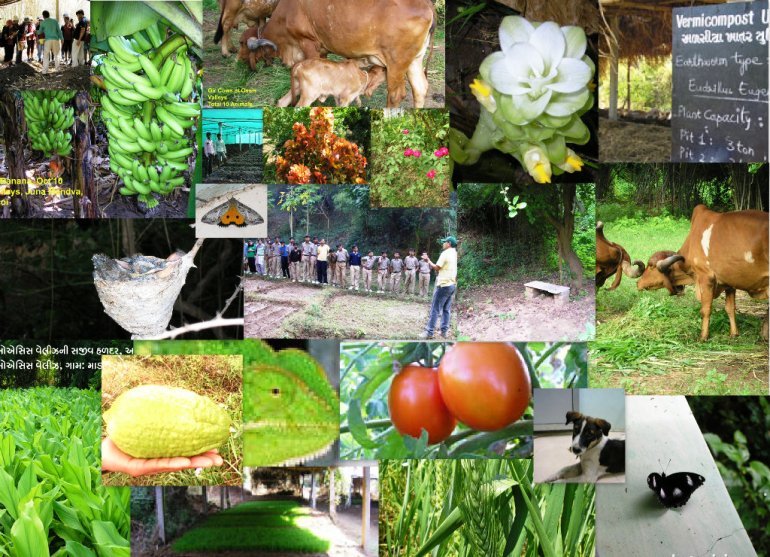 |
||||||||||||
|
Glimpses of Oasis Valleys: Where Nature is blooming. At Oasis Valleys, Organic Agriculture is practiced from the initiation. It is a way of farming in which use of fossil fuel is reduced to minimal. More than 4200 trees have created a beautiful green patch. Not only these trees absorb more CO2 and give pure & fresh air, but they give life to many creatures, birds and animals. By propagating such concepts, Oasis is putting its efforts for fighting against Climate Change. |
||||||||||||
|
Oasis Valleys : A Demonstration Farm Inspiring Farmers To Adapt Organic Farming & Inspiring Children/Youths For Conserving Nature |
||||||||||||
|
Features of Oasis Valleys: 1. Land: 9 Acres, Ravine-contour Land. 2 acres of Plateau surrounded by 45-60 ft. deep valleys. Land is protected with wired fence. 2. Planned Forest: 5-6 acres of Planned Forests & Bio-diversity Orchards. More than 4200 Trees growing; which include 1200 & more fruits trees (28 species) and 3000 & more jungle trees. Total Tree Species – More than 112. 3. Agriculture: 2-3 Acres of seasonal vegetables (18-20 varieties), annual fruits (Banana & Papaya), spices (Turmeric, Ginger etc.) & fodder for Cows. 4. Agri-projects: |
c. ‘Green Field’ Nursery: 2 to 3 year old Ready-plants (plant and get fruits same year!!), fruit & Jungle, for exhibition & sale. g. Gangama Circle: A miniature unit of Farm on just 1 Guntha land (1089 sq. ft. i.e. 40th part of an acre). It’s a demonstration of i) high productivity of land with min. inputs ii) How one person can survive on such a small piece of land. 5. Nature Conservation: More than 20 small soil filled & two constructed Check-dams made to prevent soil erosion & restore soil fertility. |
6. ‘Friends’ of Oasis Valleys: 35-40 species of Birds visit Oasis Valleys regularly. 10-12 species of wild animals reside on & around Oasis Valleys. (e.g. Hares, Porcupines, Mongoose, Snakes, Pythons, Wild Cats, Lizards etc.) Hundreds of species of insects and small creatures have made Oasis Valleys their home. 7. Oasis Valleys Institute: National level institute for Character Building Education for youths. It’s a 4 storied building at the center of Oasis Valleys campus with 2 training halls & residential facility for 100 youths. Features to be added this year: 1. Pond: Runoff water of monsoon will be collected at the end of the valleys and pond will be created. This water reservoir will boost the animal life, underground water table and help in cool down the atmosphere. 2. Sun Rise & Sun Set Points: At the end of the plateau; both the points will be places to enjoy nature. 3. Composite Bio-Gas plant: Running on Human excreta, cow dung & green bio-mass, this composite plant will give fuel for institution kitchen. |
||||||||||
|
Oasis Valleys Will Be Open For Eco-tourism From This Monsoon |
||||||||||||
After creating a real "Oasis" (Green piece of land in desert) at Oasis Valleys, the demonstration farm will be open for Eco-tourism for school children, youths and also for farmers and nature lovers from this monsoon. The purpose will be- Be in touch with Oasis Office or Oasis Valleys for further information about 'Oasis Valleys - Eco Tourism'. |
||||||||||||
|
||||||||||||
You receive this newsletter because you may be one of the participants of oasis activities, or may have been referred by our core friends or you may have given your email address to us. Please feel free to share this newsletter with your friends, family and co-workers. You have permission to use this content in your newsletter or email system as long as you do not edit the content and you leave the links and this resource box intact. We will be happy to receive the copy of the same. |
|
To unsubscribe from this group, reply with
"Unsubscribe" in the subject line to info@oasismovement.in
|
